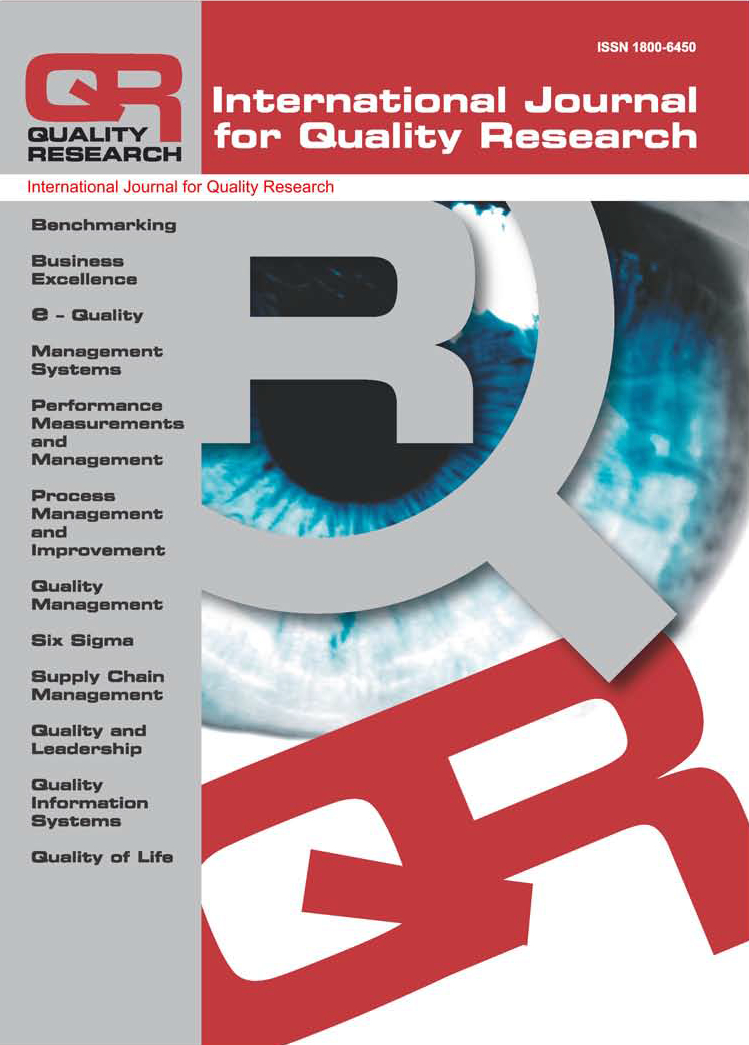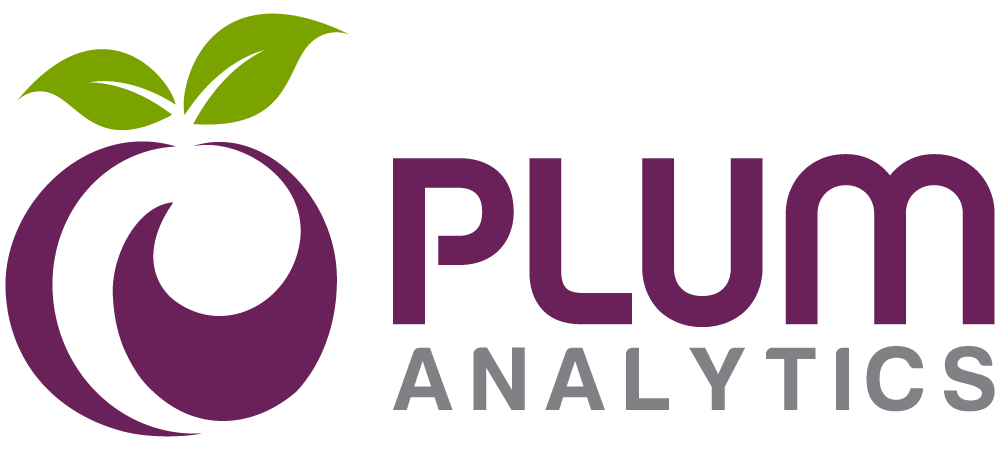THE BIDIRECTIONAL RELATIONSHIP BETWEEN HIGHER EDUCATION AND INNOVATION: EMPIRICAL EVIDENCE FROM MENA REGION
Elsayed A. H. Elamir,
Gehan A. Mousa,
Abdelmohsen M. Desoky,
Alaa Garad
Abstract: The purpose of this paper is to examine the bidirectional relationship between two sets of variables, higher education and training (eight indicators) and innovation (seven indicators), using the canonical correlation analysis (CCA). The study utilises data published by the World Economic Forum Reports for seven years (2012-2018) for a sample of 12 countries in the MENA area. CCA is used to analyse the relationship between the two sets of variables. It helps in the evaluation of the interchangeable relationships between the two sets of multiple variates. More in-depth analysis of the nature of such a relationship between the two sets of variables is provided through redundancy analysis to identify the percentage of the variance in each set that is interpreted by the other set, and the commonality analysis to determine the variance of canonical function that is due to unique or standard variables. Canonical analysis shows the causality between the two endogenous sets of variables. Also, the findings suggest that technology alone is not an antidote, while other factors might have a significant impact on innovation. Commonality analysis shows that the role of quality of management school in explaining the variation in canonical function of innovation in common with "quality of education system", "quality of math and science", "internet access", "training availability" and "staff training produce".
Keywords: Higher Education and Training, Innovation, Canonical Correlation Analysis, Emerging Markets
DOI: 10.24874/IJQR18.03-18
Recieved: 18.05.2023 Accepted: 21.10.2024 UDC: 37.014.6:005.6
Reads: 229 







